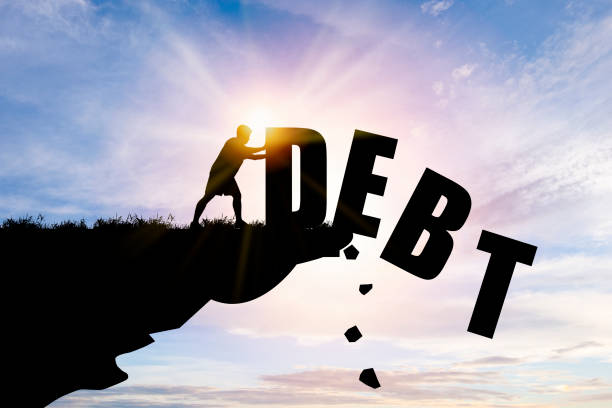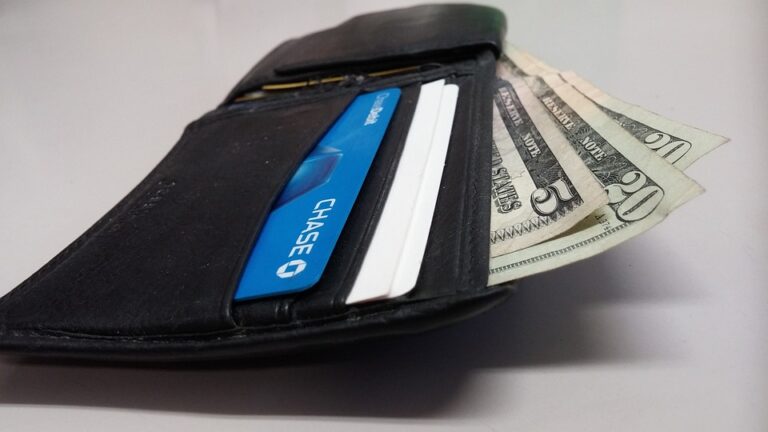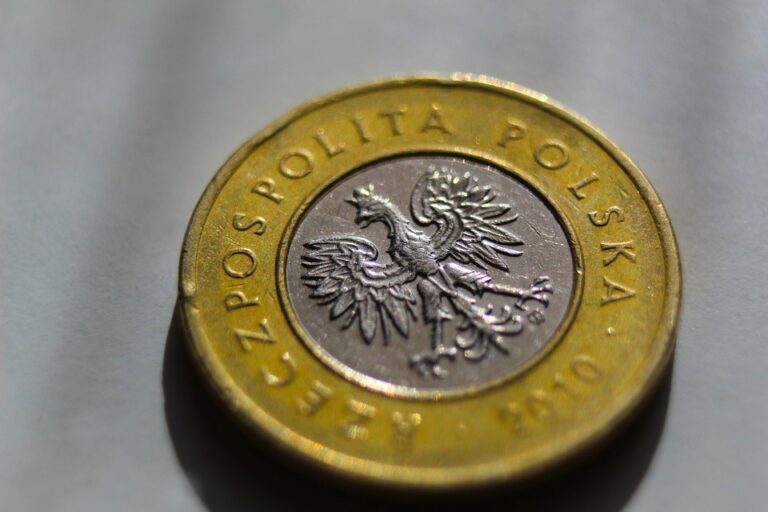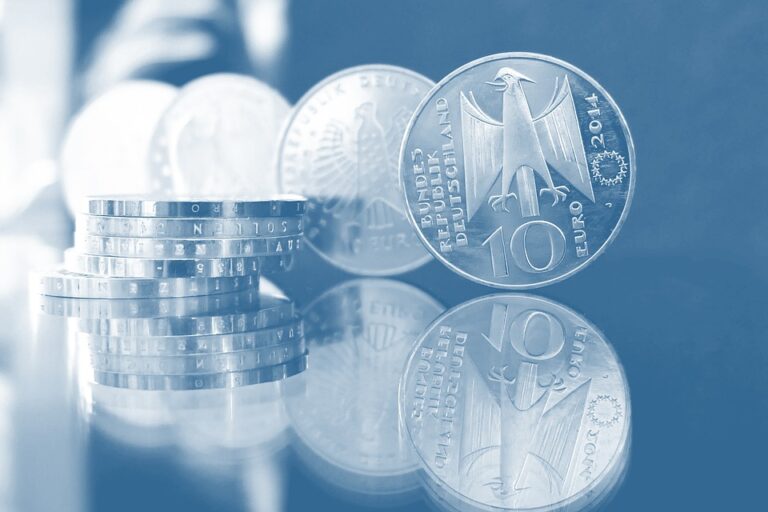Last updated Apr. 18, 2023 by Chim Gracia
Debt is not something anyone would love to accumulate. However, some situations require one to get loans. As much as getting loans will help us meet specific financial needs, repaying them will free us from financial burdens and help us focus on other aspects of our lives.
For many people, the debt repayment process is not hassle-free. As a result, they spend considerable periods struggling to clear their debts without making substantial progress. One of the reasons for the delay in their debt repayment is that they have not found the right strategy.

With a debt reduction strategy like debt snowball, you can effectively repay your debt and get all the necessary motivation you need. We encourage you to continue reading further if you want to know how to pay your debt using the debt snowball method.
What Is Debt Snowball Method?
The debt snowball method is a debt repayment technique where one dedicates extra money each month to pay off their least debt while making a minimum payment on other debts. Dave Ramsey, a personal finance author and a popular finance radio host, made this method famous.
The debt snowball method aims to motivate debtors to clear their other debts after clearing the smallest. In reality, paying off your smallest debt is psychological encouraging debtors to persevere in their debt reduction plan. This method will ultimately motivate debtors to pay all their debts.
The debt snowball method differs from other debt reduction strategies like the debt avalanche method, which focuses on repaying debt with the highest interest rate. Understanding the benefits and disadvantages of the debt snowball method will help you decide if it’s a suitable debt repayment method.
Benefits
Many people prefer the debt snowball method over other debt reduction methods because of the following reasons:
- Psychological boost: The motivation you get from clearing one of your debts will help you to put more effort into clearing the others. You will feel delighted seeing your debts disappear, even if you only paid a small balance. This is what you will get from using the snowball method. It encourages you to be intentional about paying your bill one step at a time till you are debt free.
- Improve money management skills: Apart from motivating you to pay off your debt, this method will also help you improve your money management skills. With the debt snowball method, you will learn to set aside extra cash for your debt repayment. By doing so, you can cut down spending on unnecessary expenses and focus on investing in your debt repayment plan. The fulfillment you get from paying off your smaller debts will make you realize the importance of being intentional with your finances.
Drawbacks
Despite the benefits you will get from the debt snowball method, there are still some disadvantages you should consider before adopting this method. They include:
- Interest Rate: People that oppose the debt snowball method believe you will save money by paying off debts with a high-interest rate first. The debt snowball method doesn’t consider interest rates in its strategy, making debtors pay more money on interest over time.
- Longer Payment Time: Using the debt snowball method may increase the time it will take you to clear your debts since your focus will be on the debt with the lower balance.
How Does Debt Snowball Method Work?
The debt snowball method is a debt reduction principle where you pay debts from lowest to highest loan. But before you embrace this method, ensure you budget extra cash to pay your smallest debt and make minimum payments on other debts.
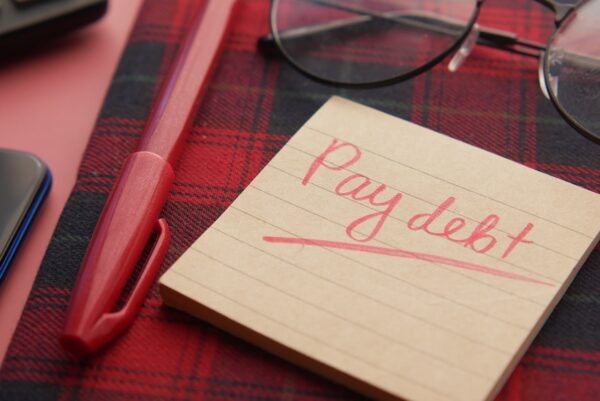
Implementing the debt snowball method is pretty easy if you follow the steps below:
- List all your debts in order of the lowest to the highest. Disregard the interest rate on each. In cases where you have two similar debts, place the one with the highest interest rates above in the list.
- Commit to paying the minimum payment on each debt every month.
- Indicate how much extras you can budget to make on the lowest debts.
- Endeavor to pay the minimum amount plus the extra cash on the lowest debt till you clear the debt.
- Once you have paid the least debt, add the old minimum payment plus the extra money from the lowest debt to the minimum payment on the next debt. Then, apply this amount to repaying the next smallest debt.
- Repeat this cycle till you can clear off all your debts.
Life Application of Snowball Method
The snowball method is an ideal debt repayment strategy for debtors with multiple debts. You can see a typical example in a 50-year-old debtor with the following accumulated debt:
Credit Card A – $500 balance
Credit Card B – $400 balance
Personal Loan – $4000 balance
Auto Loan – $3500 balance.
Usually, the different interest rates on each debt will affect payoff time. But for this illustration, we will ignore the interest rates.
Practical Steps Involved
First, we will arrange the debts from the lowest to the highest. Then we will ensure the minimum payment is made on each debt and dedicate extra cash to the lowest debt.
In this illustration, our 50-year-old debtor has $150 as extra cash to repay the lowest debt. The minimum payment he will pay on each debt includes:
- Credit Card B – $400 balance, $40 minimum monthly payment.
- Credit Card A – $500 balance, $45 minimum monthly payment.
- Auto Loan – $3500 balance, $200 minimum monthly payment.
- Personal Loan – $4000 balance, $250 minimum monthly payment.
In the above illustration, you will notice that we arranged the debts from the lowest to the highest. Also, using the debt snowball method, the debtor will pay $190 ( minimum payment plus the extra cash) on Credit Card B for the next two months while paying the indicated minimum payment on other debts.
By the third month, he would have almost cleared the first debt, with $20 left unpaid. After paying the $20, he will have a remnant of $170, which he will transfer to Credit Card A. Before then, he would have paid off $90 on Credit B within that two months, leaving a remnant of $410 ($500 minus $90) to be paid.
So on transferring the $170 to the $45, he will pay off $215 on Credit B, leaving behind $195 debt. By the fourth month, he will be clearing his second debt with extra cash to transfer to the next lowest debt.
With consistency and discipline, the debtor would be able to pay off other debts using the debt snowball method. His fulfillment from paying off the lowest debts will motivate him to continue his debt repayment journey.
Is Debt Snowball Method Effective For Debt Repayment?
As a debt repayment strategy, the debt snowball method prioritizes paying the smaller debt, even when paying debts with higher interest rates and balances appears cost-effective. This strategy is based on the school of thought that debtors who tackle smaller debts are more likely to eliminate their overall debts.
They believe that it’s not the repayment size, but the proportion of the debt they succeed in clearing off that determines people’s perception of their debt repayment progress. The debt snowball method is one effective way to achieve that.
Debt Snowball Method Vs. Debt Avalanche Method
The debt snowball method and the debt avalanche method are two distinct strategies debtors can use to settle their outstanding debts. They apply to everyday consumer debt like student loans, credit card balances, auto loans, and personal loans.
Also, with each method, you list all your debts and make a minimum payment on each, with one getting an extra payment.
The difference between both strategies depends on the debt you single out first. With the debt avalanche method, you pay the extra amount towards the debt with the highest interest rate. On the contrary, the debt snowball method tackles smaller debt first.
The method you adopt should depend on your debt repayment priorities. For example, if you need the motivation to pay off your overall debt completely, then the debt snowball method is your best bet.
On the other hand, if you want to save more money on your debt, you should go for the debt avalanche method.
Conclusion
You will find immense fulfillment and joy once you complete a project you started. This is the feeling you will get from adopting the debt snowball method for your debt repayment project. In addition, realizing that you have cleared a good fraction of your debts will motivate you to persevere until you achieve a complete repayment.
However, before adopting any debt repayment method, you should consider your priorities and available funds.
Frequently Asked Questions
What is the first step of the debt snowball method?
The first step of the debt snowball method is for one to list all their debts from the least to the highest.
How long does the snowball method take?
There is no specific duration for repaying your debt using the debt snowball method. It all depends on your overall debts and the funds available to settle them.
How do I figure out which debt to pay off first?
You must pay off the smallest debt first when using the debt snowball ball.
Is it smart to pay off all debt at once?
You should consider your financial capabilities and needs before thinking of paying off all your debts at once. If you know paying off all your debts at once will affect your essential needs, you should pay them in installments.
Why is the debt snowball method good?
The debt snowball method is suitable because it psychologically affects those who adopt the approach. It gives one the motivation to continue in their debt repayment journey.

